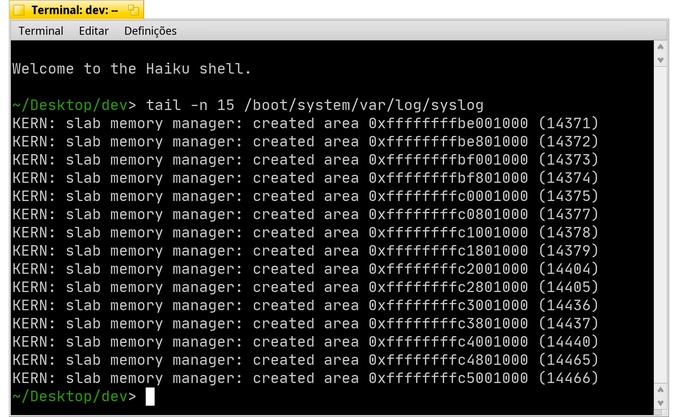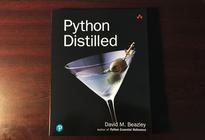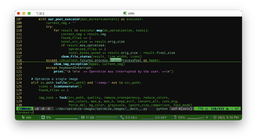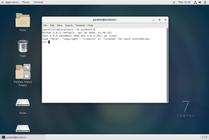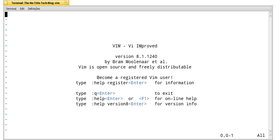
Searching and replacing text on long files with Vim
You may wonder how I came up with this topic. I usually code in a graphical IDE like PyCharm or Visual Studio, or even a text editor like VS Code or BBEdit. But sometimes you need some lightweight application that is capable of opening and efficiently edit a file. I often return to VIM for quick edits in small files. Sometimes, just for the convenience of not leaving the shell. Other times, because it’s a powerful editor that runs perfectly under a SSH connection. And a few days ago, it was the only application I had installed on Windows which would let me open, navigate and read a several GB heavy text file without complaining.
Reading time: 6 minutes
